What does it take to race in the Fastnet?
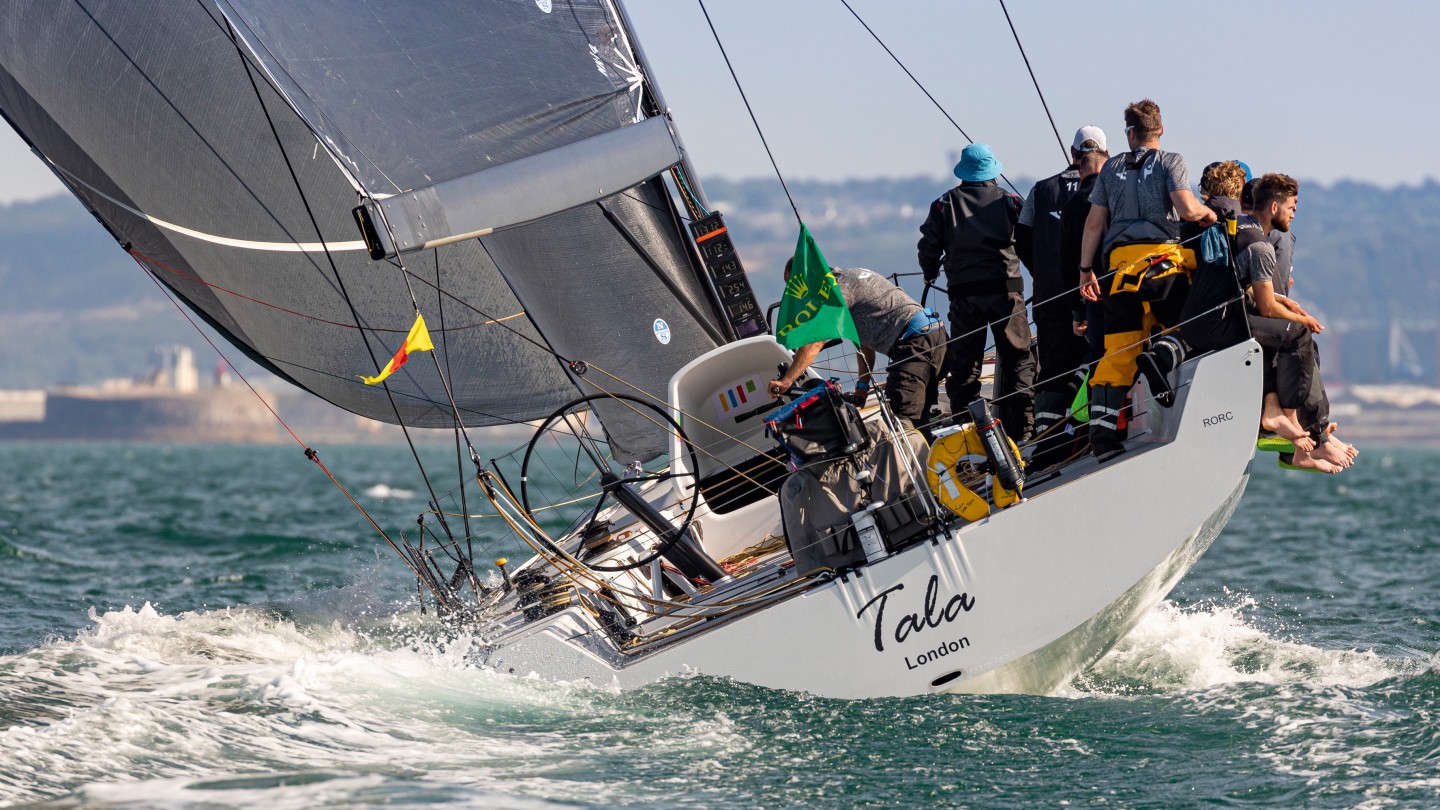
Roula Khalaf, Editor of the FT, selects her favourite stories in this weekly newsletter.
For the past two hours I’ve been up front on foredeck duty, adjusting the jib after every tack; then hanging off the rail as ballast while 2m swells barrel into the bow, sending spray directly over me.
It’s March, gusting Force 7, and the finish line of the Nab Tower Race off Cowes cannot come soon enough. Just as we are upon it, I find myself standing on the wrong side of the yacht as we turn across the wind. The boat heels, tilting steeply to one side. A wall of sea water suddenly rushes up to my knees, and for a moment I’m convinced I’m going with it. My frozen fingers cling onto the upright metal shroud with a strength I didn’t know they had. As the water recedes and the boat levels, I’m simply relieved to note I’m still on deck. “This is what you signed up for,” I tell myself. Later, I wonder what I really have signed up for.
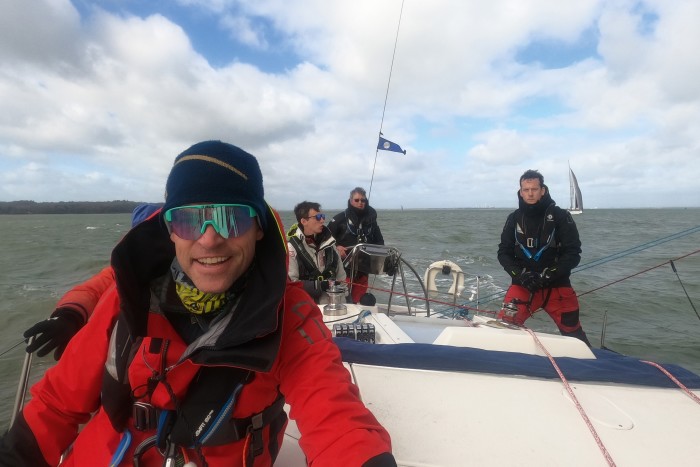
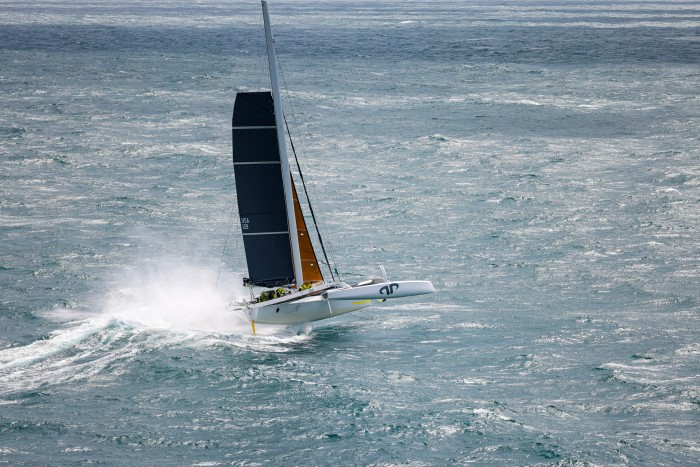
Learning to sail was the original goal. It was a dream for many years, and I finally got the opportunity after relocating to the south coast during lockdown. I bought a dinghy and joined a club. But it was only after an idle conversation with a neighbour, Charles Bull, a marine pilot and keen sailor, that I found myself invited to crew on his 11m monohull X37, Unruly. When the Fastnet was mentioned, an idea took root.
The Rolex Fastnet Race is to sailing what the North Face of the Eiger is to mountaineering – notorious for its history, its savage reputation, and for the storm of ’79 that claimed 19 lives. “It’s a tick in a box in life, like it is for people who climb Everest,” Bull told me. “It’s not something that can be easily done.”
The route is a 695-nautical-mile (800-mile) offshore dash from Cowes on the Isle of Wight to the Fastnet Rock off the coast of Ireland and back, finishing in Cherbourg-en-Cotentin. It ranks alongside some of the great classics of offshore racing, like the Rolex Sydney Hobart, and attracts entrants from all over the world. This year is the 50th edition of the race, which takes place every two years, and will see a record fleet of more than 450 boats take to the start line. While the multimillion-pound multihulls could finish in 24 hours, for amateurs like Bull, it might take as long as a week.
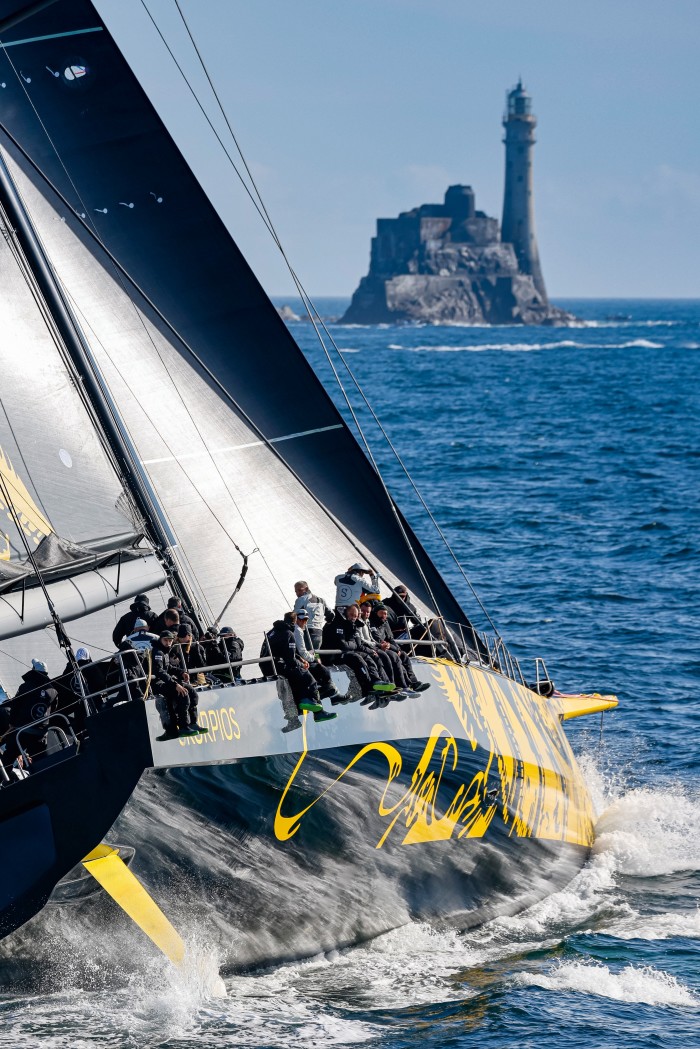
There was just one minor problem – my lack of experience. I had sailed a little as a child; I have done some cruising; and in 2007 I came second in the Three Peaks Yacht Race, sailing up the west coast of the UK and climbing Snowdon, Scafell Pike and Ben Nevis on the way (although as “the mountaineer” on the team I stayed mostly below deck).
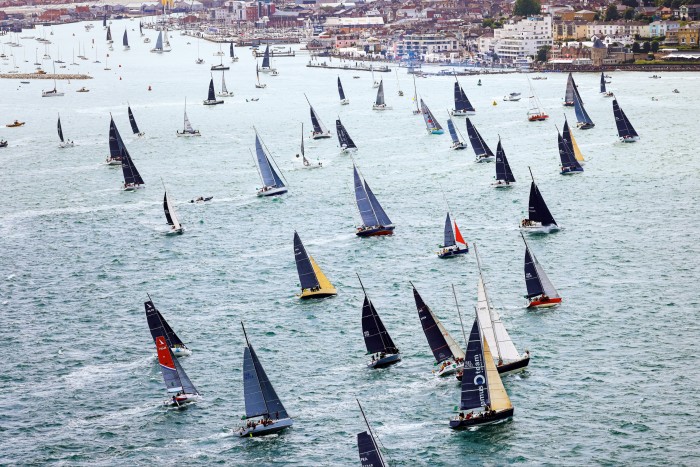
But racing is very different to cruising: crews must work in slick harmony, be able to change sails in heavy weather and instantly react to the skipper’s commands. It’s a steep learning curve, which started with sailing’s impenetrable language. Not since I moved to a remote mountain village in Austria 10 years ago and tried to communicate with my elderly landlord, Adolf, have I felt so, well, lost at sea. Cleats and clews, inhauls and outhauls, luffs and leeches, jackstays and lazy jacks, jammers and jibs – it was all a mystery. I would stand on deck, rabbit in the headlights, being shouted at until someone would eventually translate: “The white one on the mast. Pull it down!” I emailed a friend who made the transition from mountain guiding to skippering. “Don’t worry,” he wrote back. “It’ll come.”
Fastnet facts
Number of boats entered in 2023 494
Cost of entry From £641 to £6,720
Number of crew members competing 3,000
Average size of boat 12.9m
Distance of course 695 nautical miles
Prize money None (“The Fastnet Challenge Cup is the ultimate trophy,” says the Royal Ocean Racing Club)
Course record for monohull Two days, eight hours, 33 minutes, 55 seconds by Skorpios in 2021
Course record for multihull One day, nine hours, 14 minutes, 54 seconds by Maxi Edmond de Rothschild in 2021
It didn’t. But I did have one thing going for me – an iron stomach, which was revealed during our first big race, an overnighter to Alderney. It was rough as we rounded The Needles – the infamous gatekeeper off the Isle of Wight between the Solent and the open sea – and it wasn’t long before one of the crew started throwing up. He spent the next 10 hours holding onto the galley sink, green as a gherkin. Another went below deck and never reappeared. Even the skipper had a discreet oral expulsion off the side. My lunch stayed down. Years of doing silly things in the mountains has also equipped me with an ability to stay cheery. “That’s worth more than a professional crew who’ll have opinions on everything,” said Bull.
But, still, I had my work cut out. “The Rolex Fastnet is not a race for novices,” Janet Grosvenor, a former racing manager of the Royal Ocean Racing Club, warned me. She was in charge of the 2007 race when the decision was taken to delay the start after the Met Office issued a severe weather warning. I’m familiar with stories of the race: the terrible storm of 1979; the occasion six years later when Duran Duran’s Simon Le Bon became trapped in the hull of his maxi yacht Drum with five other crew members when their keel sheared off. “In 1979 you probably could walk down a pontoon if you were looking to do the race and say, ‘Anybody want crew?’, and jump on board,” says Grosvenor. “That sort of thing has stopped.”
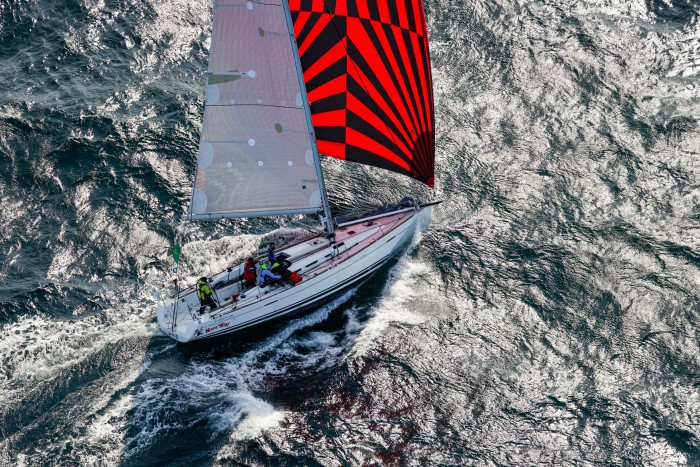
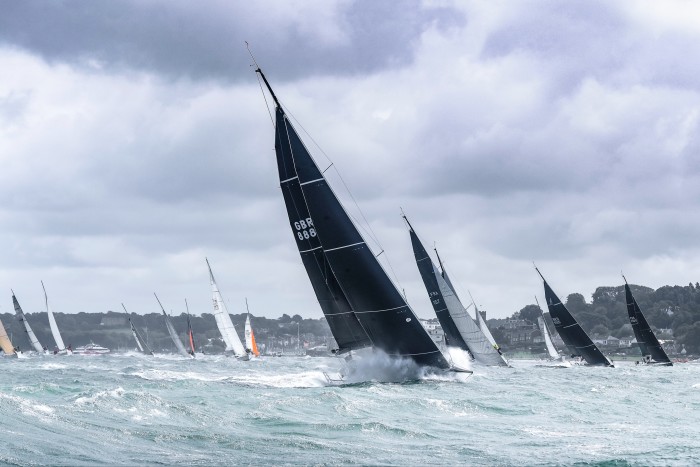
Today the rules dictate that at least 50 per cent of the crew (and no fewer than two) must have completed a minimum of 300 miles of offshore racing together within the past 12 months; at least 30 per cent must have completed a two-day sea survival course; and someone must hold a first-aid certificate. I’ve now completed courses in first aid, sea survival and VHF radio protocol (paying close attention to the Mayday part). Sea survival training also means taking to a life raft in a municipal swimming pool – it was like piling onto an enclosed and suffocating children’s paddling raft, only with adults and less fun. I’ve also been reading avidly, working my way through my late father-in-law’s maritime library, devouring cheery disaster classics such as Fastnet, Force 10: The Deadliest Storm in the History of Modern Sailing and Survive the Savage Sea. My wife has got used to me tying loose bits of rope around the house to practise my knots. (My popularity increased after I mended a necklace with a double fisherman’s bend.)
For Bull, 65, it’s been an 18-month campaign to get to the start line, and it hasn’t been cheap. He’s spent thousands to get Unruly race-ready and countless hours building the team. “It’s a bottomless pit,” he says. The Fastnet boats display a vast variety. Alongside us on the startline will be classics like Paul Moxon’s Amokura, a 50ft Bermudan yawl built in 1939 for Lord Mountbatten’s aide de camp Ernest Harston. The oldest entry is the beautiful Moonbeam, a 1903 gaff yawl Fife, the third of four Moonbeams for British lawyer Charles Plumtree Johnson. It will be skippered by Jacques Caraës, who ended the 1979 race in a liferaft. There will also be some serious modern hardware lining up, including Neville’s new 45ft Ino Noir and Skype co-founder Niklas Zennström’s CF-520 Rán. And there will be around 30 IMOCA yachts, each costing upwards of £6mn. Charging up front will be the professionally crewed 105ft Ultim trimarans, worth around €15mn new.
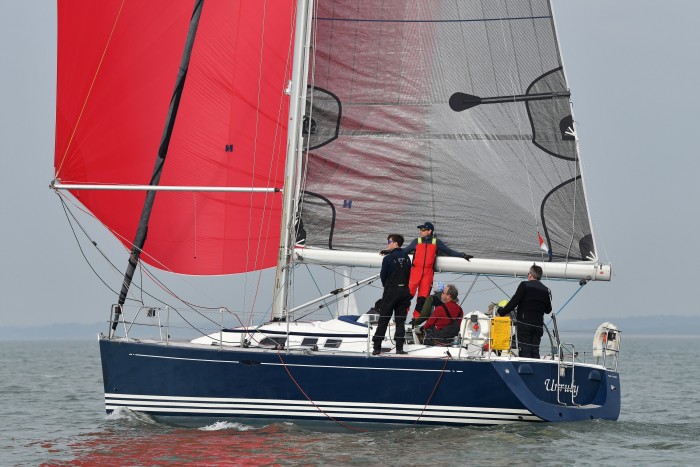
After the Nab Tower Race – cold, wet – my enthusiasm got a reality check. But the next outing, the RORC Cervantes Trophy Race to Le Havre in April, in a vast armada of yachts powered only by wind and sail, felt glorious. By the end I’d mastered the spinnaker pole like a pro, I was plotting our position on the chart and, for a couple of hours, took the helm, willing the most out of Unruly with the determination of a seasoned racer. The start gun on this year’s race fires on 22 July. I can’t wait to begin.
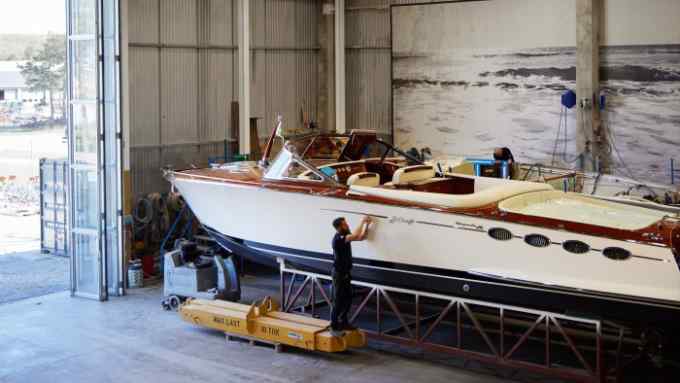
Comments